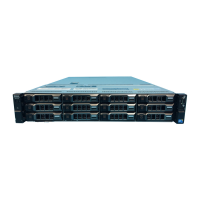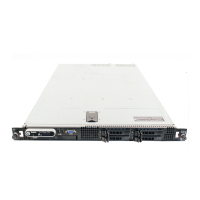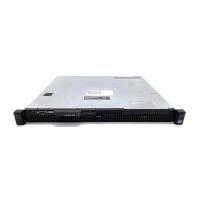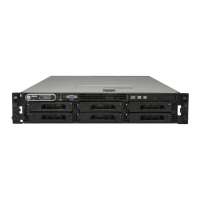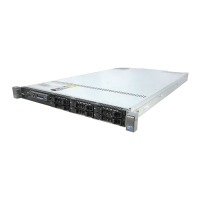DPM Reinstallation 33
b
In the
Enterprise licenses
box, enter the number of licenses you
purchased to authorize protection of both file, application and
database resources. This refers to the number of E-DPMLs that you
have purchased
NOTE: Refer to the "DPM Licenses" section of the PowerVault Data Protection
Solution Quick Start Guide for more information on DPM product keys and DPMLs. If
you purchase additional licenses after you initially set up DPM, or reallocate
licenses from one DPM server to another, you can update the number of available
licenses in the DPM Administrator Console. For more information, see the DPM
Administrator Console help.
9
On the
Installation Settings
page in the
DPM Program Files
section,
accept the default folder.
10
In the
SQL Server settings
section, choose the option to install the
MS$DPM2007$
instance of Microsoft SQL Server, or provide the
information to use an existing SQL Server instance on a remote system.
In the
Space requirements
section, space availability on the specified
destination drives is shown.
11
If you choose to use an existing instance of SQL Server instead of
installing it from the DPM reinstallation media, the
SQL Server Settings
page appears. In the
Instance of SQL Server
box, enter the name of the
existing instance of SQL Server that you want to use (for example,
MS$DPM2007$
) and the appropriate administrator credentials.
Click
Next
.
12
On the
Security Settings
page, specify and confirm a secure password for
the restricted
MICROSOFT$DPM$Acct
and
DPMR$
computer_name
local user accounts.
Click
Next
.
NOTE: For security purposes, DPM runs SQL Server and the SQL Server Agent
service under the MICROSOFT$DPM$Acct account. DPM sets up this account
during installation. To securely generate reports, DPM creates the
DPMR$computer_name account. The password that you specify for these
accounts does not expire.

